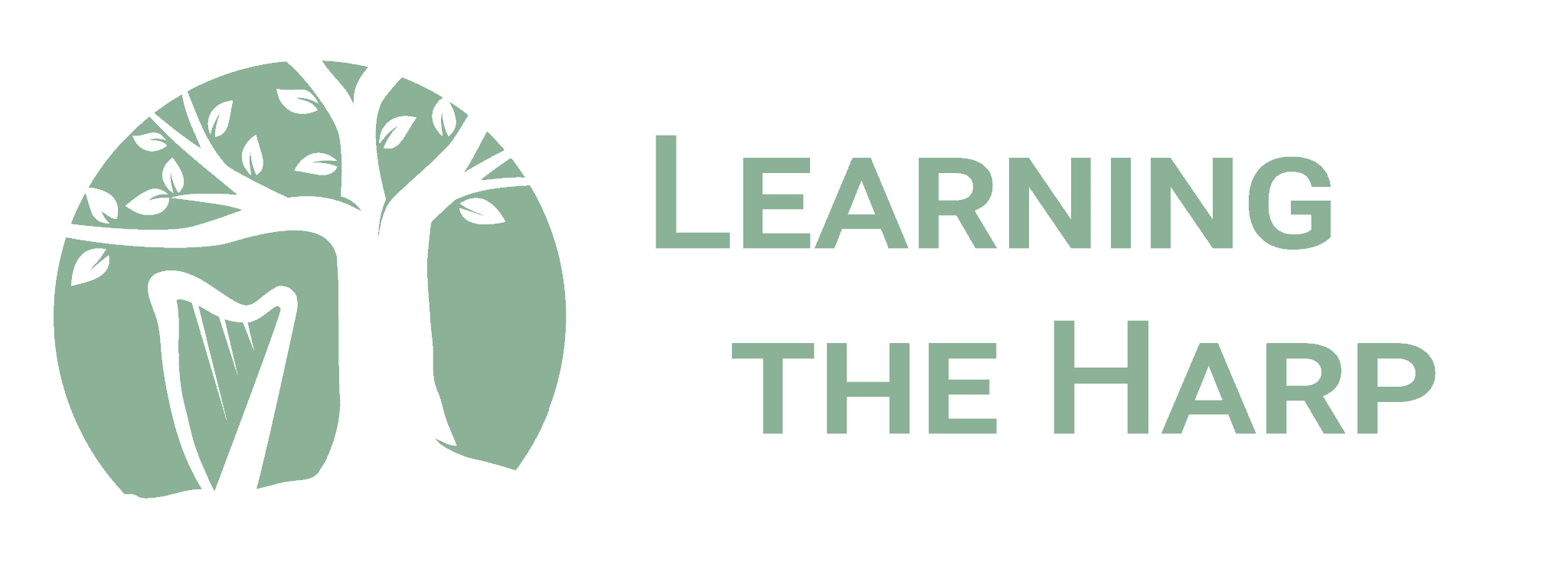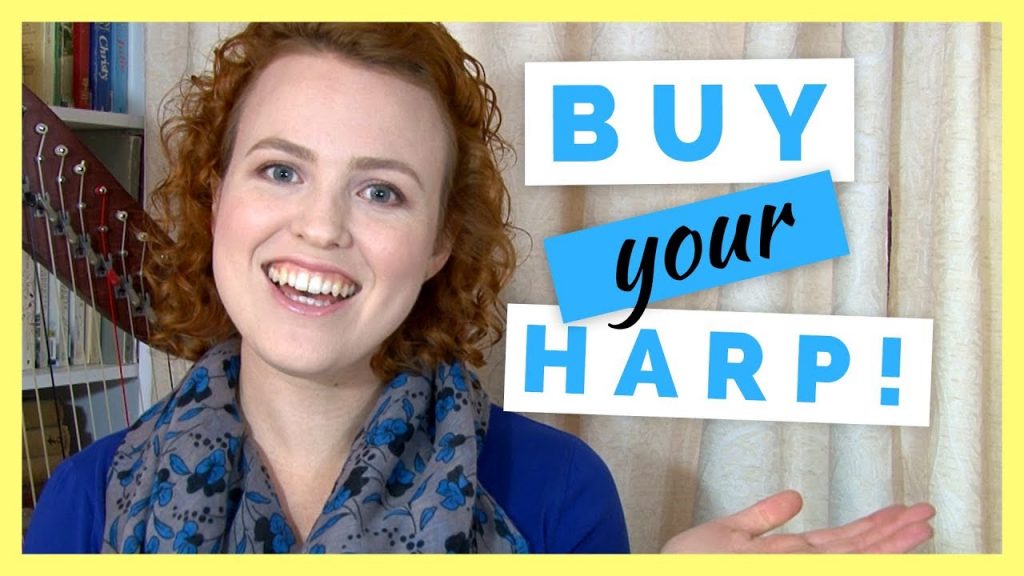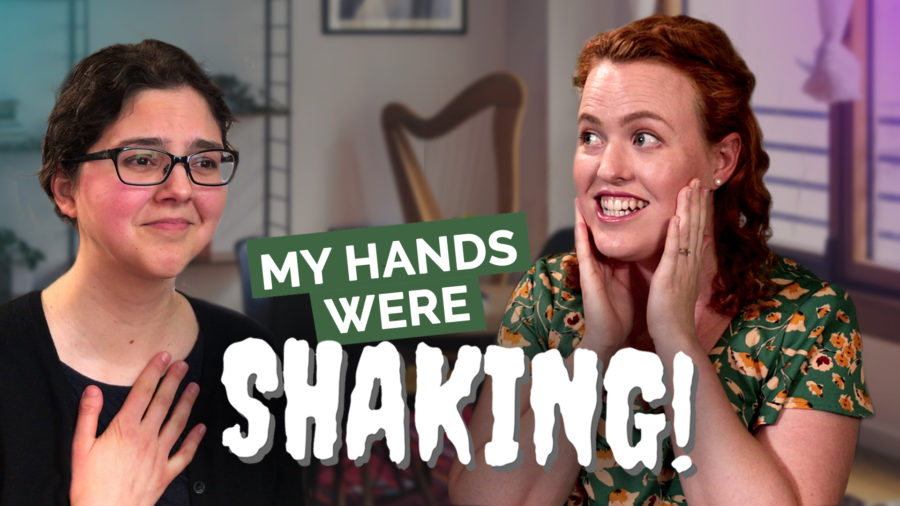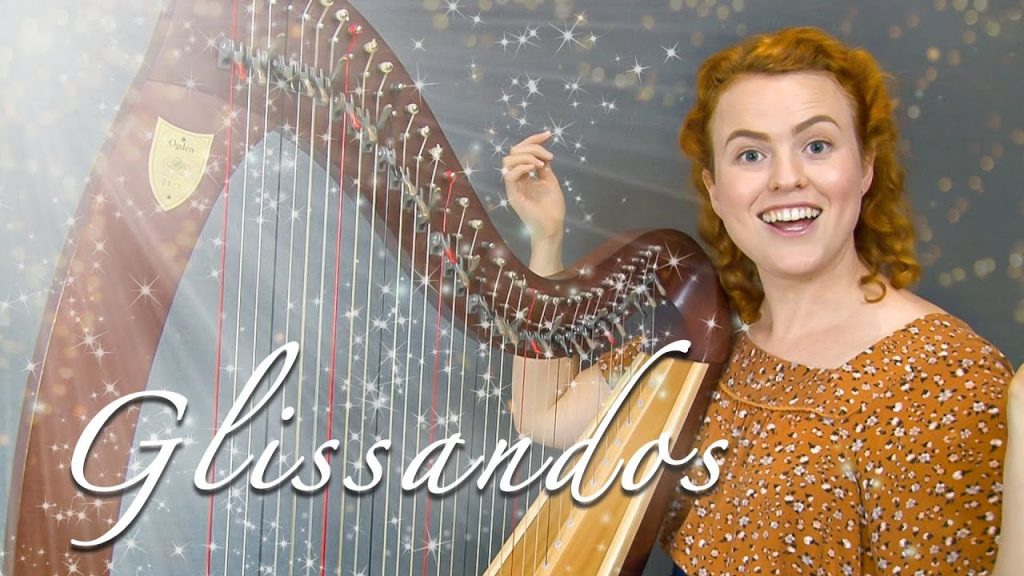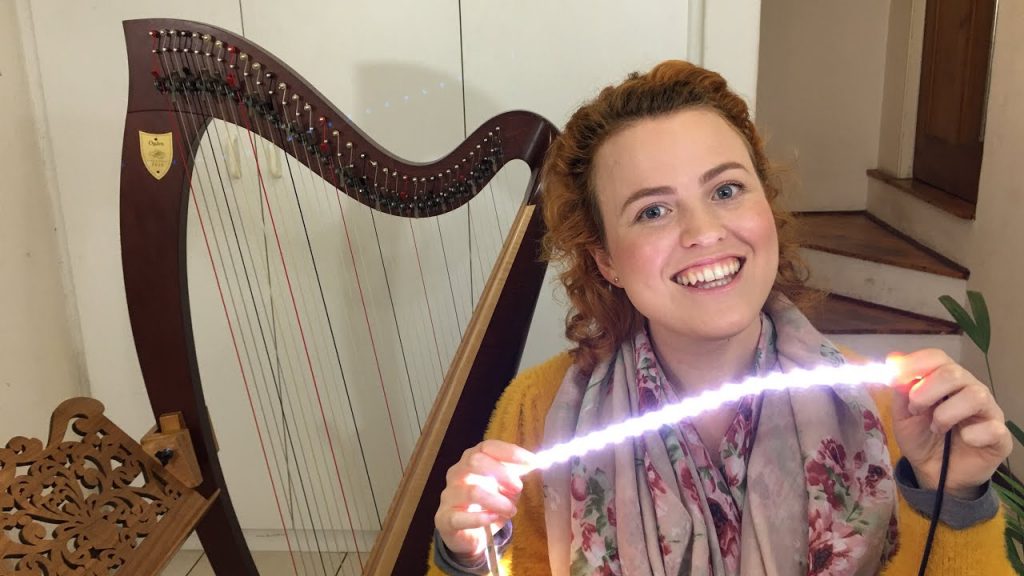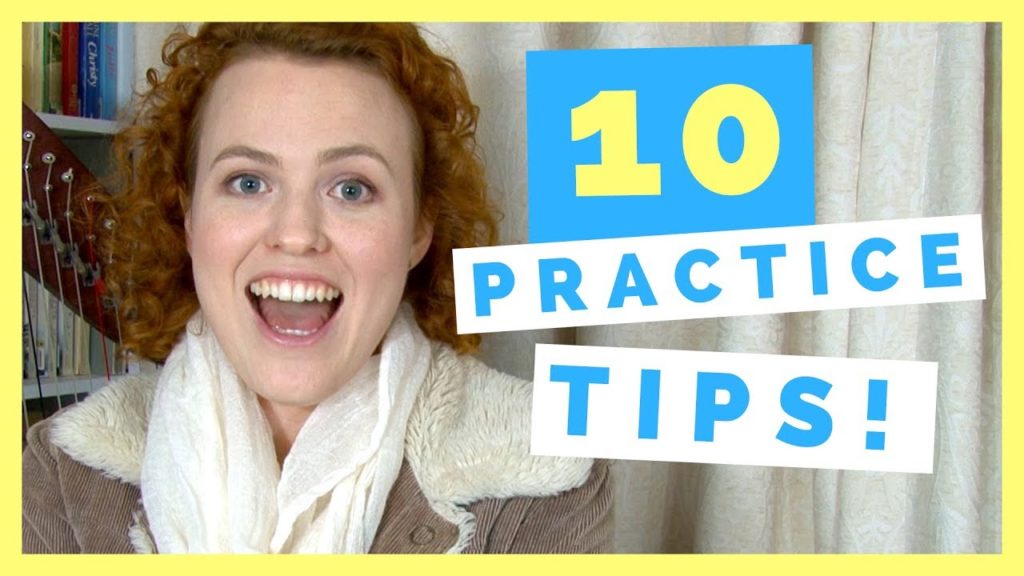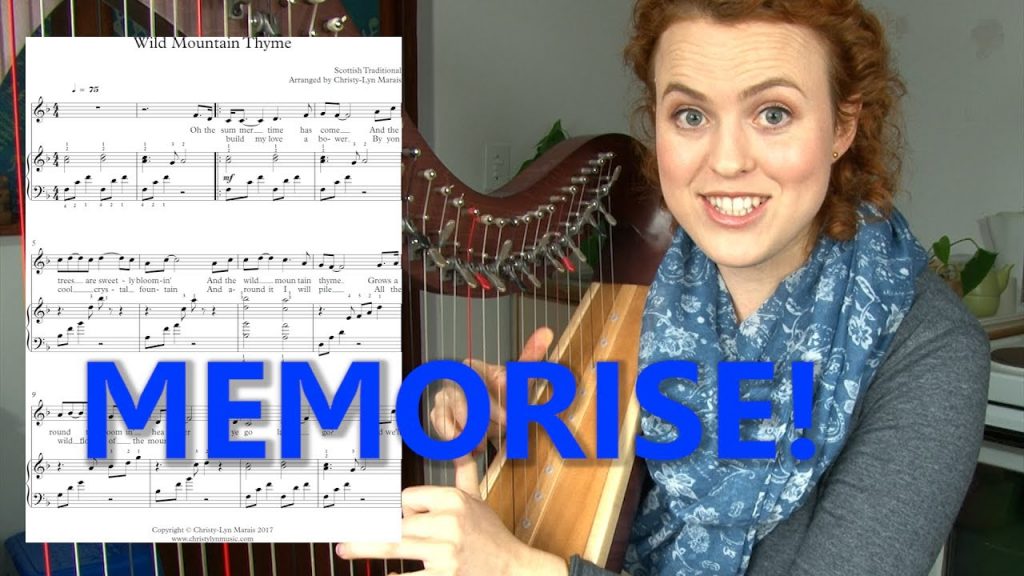Speed up your sheet music reading!
Today we are going to be talking about how to get faster with reading sheet music, and I have a secret for you today that most people never talk about:
When you are playing and reading sheet music at the same time, you don’t need to know the names of the notes you’re playing!
That’s probably a bit of a bold statement because the way we learn to identify the notes in the sheet music is by talking about their note names. But when I’m playing from sheet music and I’m playing quite fluently, I wouldn’t be able to think of the name of each note as I am going!
It’s a similar thing when you start learning to read words – you learn each letter. For example, if you are learning the word “Dog”, you’ll learn to spell out “D”, “O” and “G” and then put it together to make “Dog”. But once you get to the point of reading fluently, you’re not consciously aware of each letter in every word that you are reading. You’re just reading the words as a whole instead of thinking about the individual letters. Well, it’s the same when we read sheet music!
What I don’t recommend:
- Don’t write the letter names of each note under the sheet music! You’re just getting faster at learning the letter names of each note, but that doesn’t necessarily mean that you’re getting faster at playing them.
What I do recommend instead:
- Just get faster at the connection between ‘I see this note’ and then knowing exactly where it is on your harp straight away!
It’s also important to look at the distance between these notes. If I look at the shape of where the notes are, I know to place them down together in that specific way, and I can play them all smoothly at full speed as I go through the the sheet music.
So instead of getting faster at reading the note names from the sheet music, we need to develop a stronger association of what the note looks like and then what it feels like to play it on the harp compared to the rest of the strings. The way we get faster at this is just by spending a lot of time reading new sheet music over and over again – and it needs to be music that is easy for us to play.
I know that this really works because I’ve seen it work in my own musical journey!
There were two reasons for my quick improvement:
- I was spending a lot of time reading new sheet music
- I had a ‘no judgement zone’
There was a time that reading sheet music was an effort for me. I remember clearly when I had to find each note, and I was even quite embarrassed by it because it showed that I wasn’t practicing that much. There was a point where I was suddenly able to read really fluently and it was second nature to me, and that point was when I spent a lot of time obsessively reading through a lot of sheet music. For me, the reason for that was because I was really excited about singing, so I was just sight reading the piano accompaniment to my song.
I spent a lot of time just sight reading through sheet music and not caring about whether I made mistakes or not because I just wanted to have that accompaniment so that I could sing! Even if it was just the right hand, I was just playing around with a few notes here and there, it didn’t matter if I was good or not – and just by doing that for hours and hours and hours my site reading and sheet music reading got so much better, and I got so fluent so quickly.
If you only ever read sheet music of new songs that are a challenge for you, you’re only learning to read the sheet music at a slow speed.
Here’s what to do instead:
- Take simple pieces where you can find the notes easily, or maybe just play one hand of something really simple.
- Don’t worry about fingering or technique.
- Just practice by plucking the notes as you see them and getting to know on the sheet music where this note is and getting really good and fast at that association.
- Think of it more like how a child learns how to speak or learns to walk, you just do it and it’s okay if you make mistakes because it’s a really natural way to learn.
So, I challenge you: next time you’re practicing your harp, set aside even 5 or 10 minutes and just play through some really simple sheet music. You can go to the Learning the Harp Shop Page and search for Early Beginner or Mid-Beginner pieces, and just play through them quickly. Or if you have easy sheet music from another instrument, use that. Even if you only play one hand at a time, just keep up the pace and don’t stop when you make a mistake. You can do it!
If you’d like to hear a little bit more about how to read sheet music or a step-by-step course from me, let me know down in the comment below!
